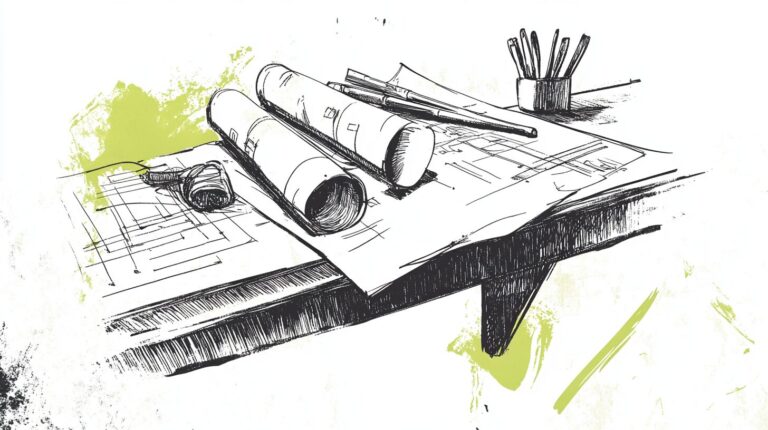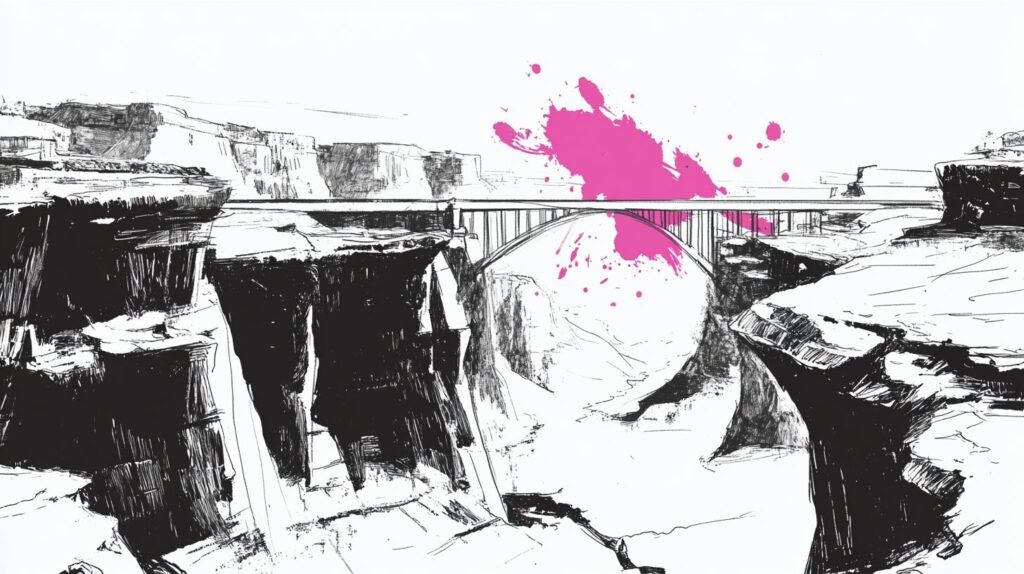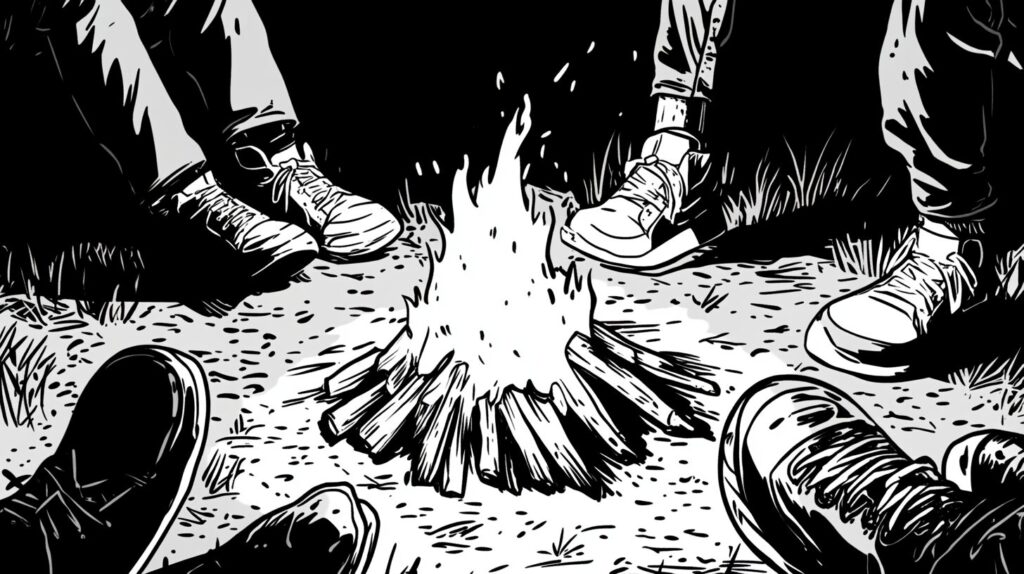Every decision—big or small—swings on an invisible hinge. Before we act, before we build, before we invest time and energy, there are upstream questions we should be asking. And they’re rooted in the practice of Design Thinking.
Design Thinking isn’t just for designers—it’s a way of solving problems with intention. At its core, it demands being able to answer two simple, but powerful questions:
Who’s it for?
What’s it for?
These questions cut through the noise—busywork, distractions, vanity—and force clarity.
They keep us from mistaking “busy” for progress. And they force us to empathize as we solve problems with our work, and bring value to the marketplace.
Yet, most people never stop to ask them.
If you don’t–you risk climbing a ladder only to realize it’s leaning against the wrong wall.
Active Inertia
Every day, we engage in countless activities without questioning their deeper purpose:
- We scroll social media. What’s it for? Connection? Or distraction?
- We check email for the tenth time. What’s it for? Productivity? Or avoidance?
- We stress over our logo or website color scheme. What’s it for? Clarity? Or perfectionism, allowing us to hide?
When we don’t ask What’s it for?, we default to autopilot. We do things because they feel urgent, because others are doing them, or because we think we’re supposed to.
But when you ask What’s it for?, everything shifts. You stop reacting and start designing.
Adjusting The Frame
- A teacher who doesn’t ask What’s it for? might only focus on preparing the class to pass the test. A teacher who does ask, might realize their goal is to foster curiosity, resilience, and independent thinking—which requires a different approach.
- A musician who doesn’t ask What’s it for? might labor over Spotify streams and followers. A musician who does ask, might realize their real goal is to create music that builds deep connections with a loyal audience.
- A freelancer who doesn’t ask What’s it for? might obsess over their website or social media advertising. A freelancer who does ask, might realize more value building relationships, pitching better clients, and consistently delivering work on time.
This shift leads to better decisions, less wasted effort, and more meaningful results.
The Trap of Outcome-Driven Thinking
We live in a culture obsessed with labeling and categorizing outcomes:
- How many followers do you have?
- How much money did you make?
- What prize did you win?
But what if a prize wasn’t the goal?
What if the goal is to simply stretch a muscle:
- You write every day, not to go viral, but because writing sharpens your thinking.
- You make music, not for chart success, but because it connects people and creates a moment.
- You built a business, not just for revenue, but to solve a problem and improve lives.
Some of the most valuable things we do aren’t measured in trophies or dollar signs.
- Parents read bedtime stories. What’s it for?
- Neighbors shovel each other’s driveways. What’s it for?
- A coach mentors a young athlete. What’s it for?
There’s no leaderboard for these things. No algorithm ranking them. Yet, they matter.
What if the long run, for some of our projects, the real prize isn’t a bigger audience, a bigger paycheck, or even a bigger legacy?
What if it’s simply knowing that we did good work, shared good work, and contributed to a culture we’re proud to live in?
Being relentless with What’s it for? allows a broader menu of goals and outcomes for our work to materialize.
The Critical Path
Once we understand what it’s for, we can focus on how to get there efficiently.
- The Critical Path – The shortest, most effective route to the goal.
- The Labyrinth – The distractions, perfectionism, and busywork that keep us from real progress.
Design Thinking helps us cut the waste and double down on what actually moves the needle.
If we’re designing something—be it a product, a song, a business, or a life—then asking What’s it for? and Who’s it for? isn’t just a helpful exercise.
It’s the difference between drifting aimlessly and creating something that actually makes an impact.
New North
Success isn’t a one-size-fits-all outcome.
A great career, a meaningful body of work, an impact that moves culture forward and lasts—they all start with an intense focus and clarity on the right goals.
So, before you send that next email…
Before you start that next project…
Before you chase that next prize…
Ask yourself: Who’s it for? What’s it for?
Because the answer to those question?
That’s the foundation for everything that follows.
If you enjoyed this post, please consider sharing it with someone else who might too–the buttons below can help.
Thank you!




